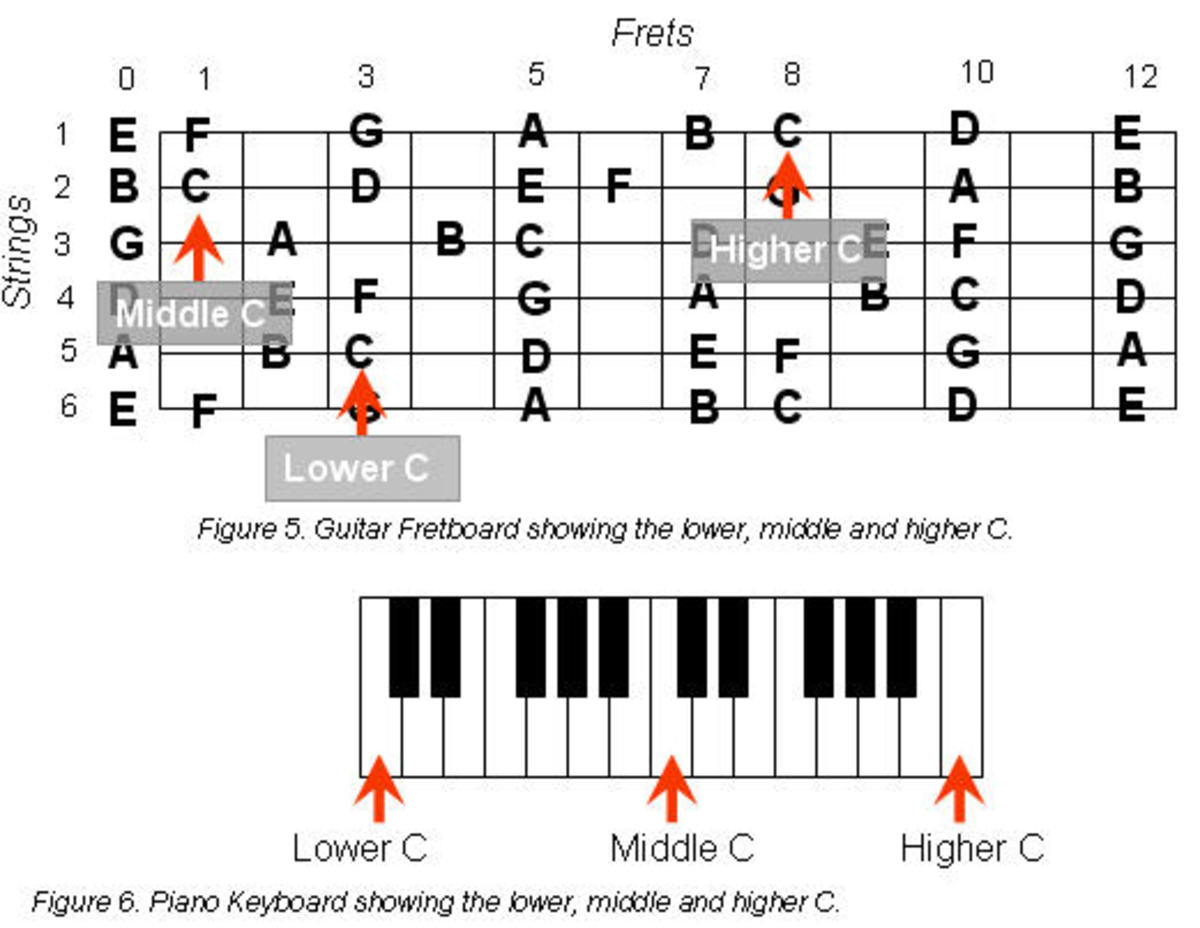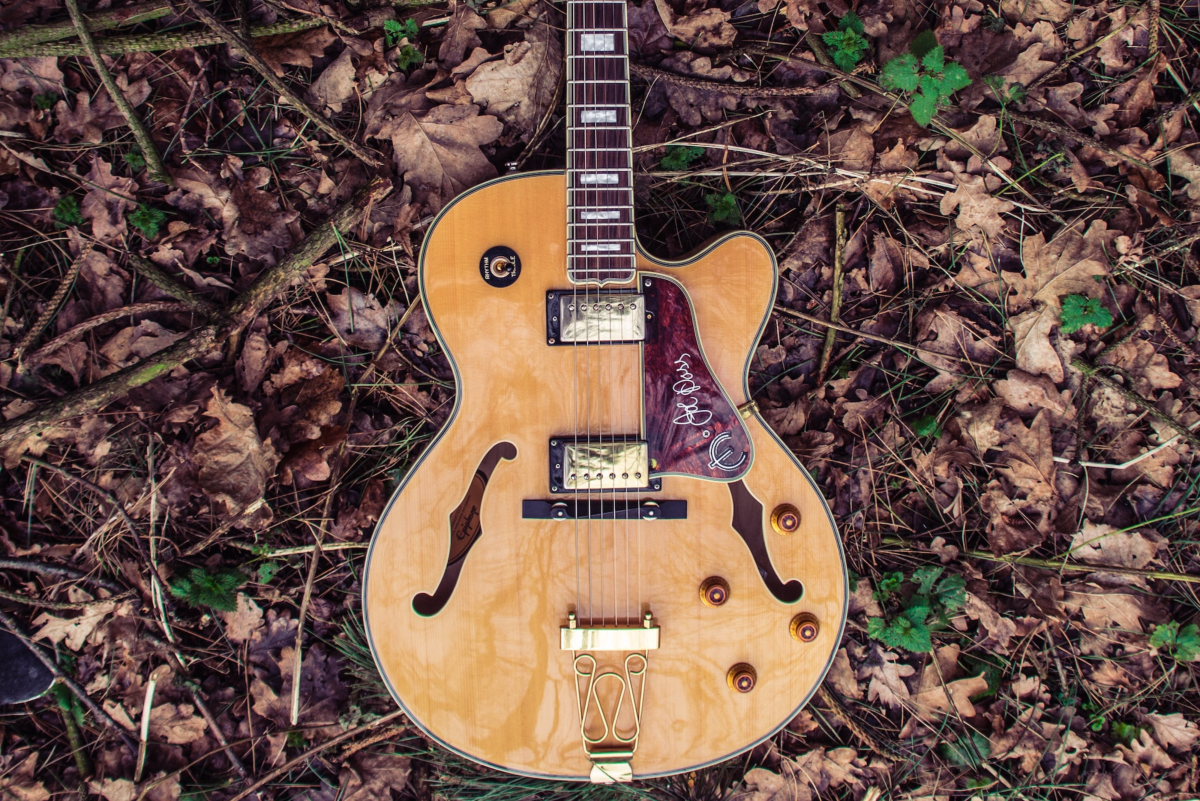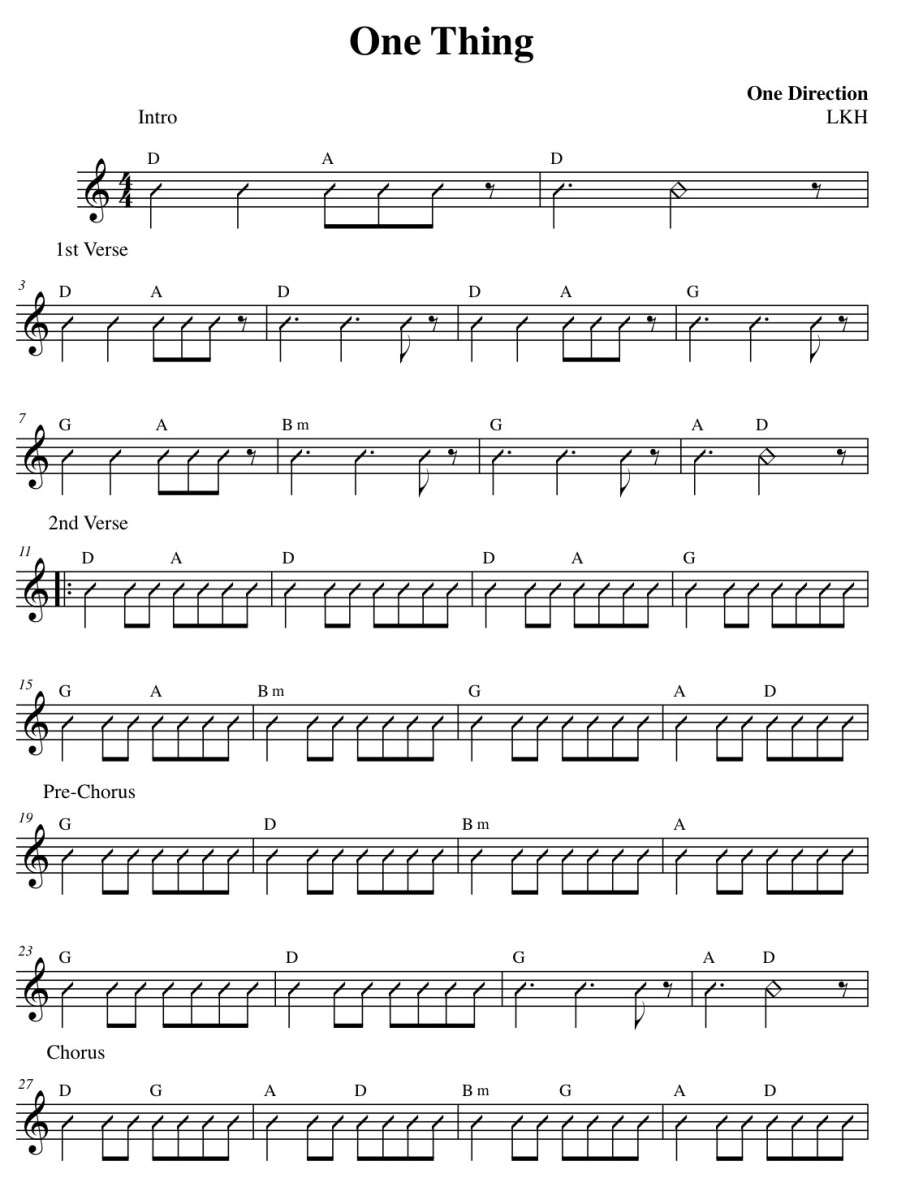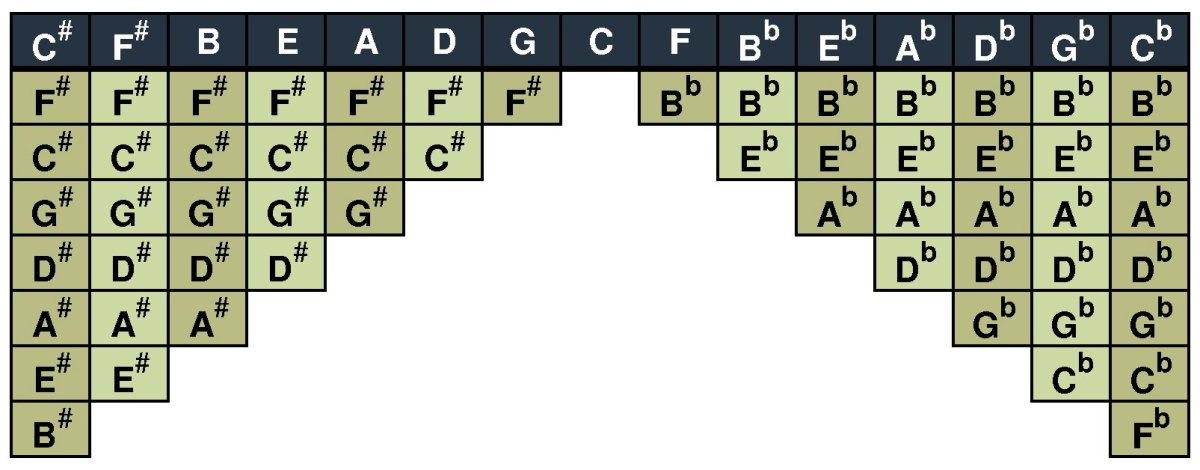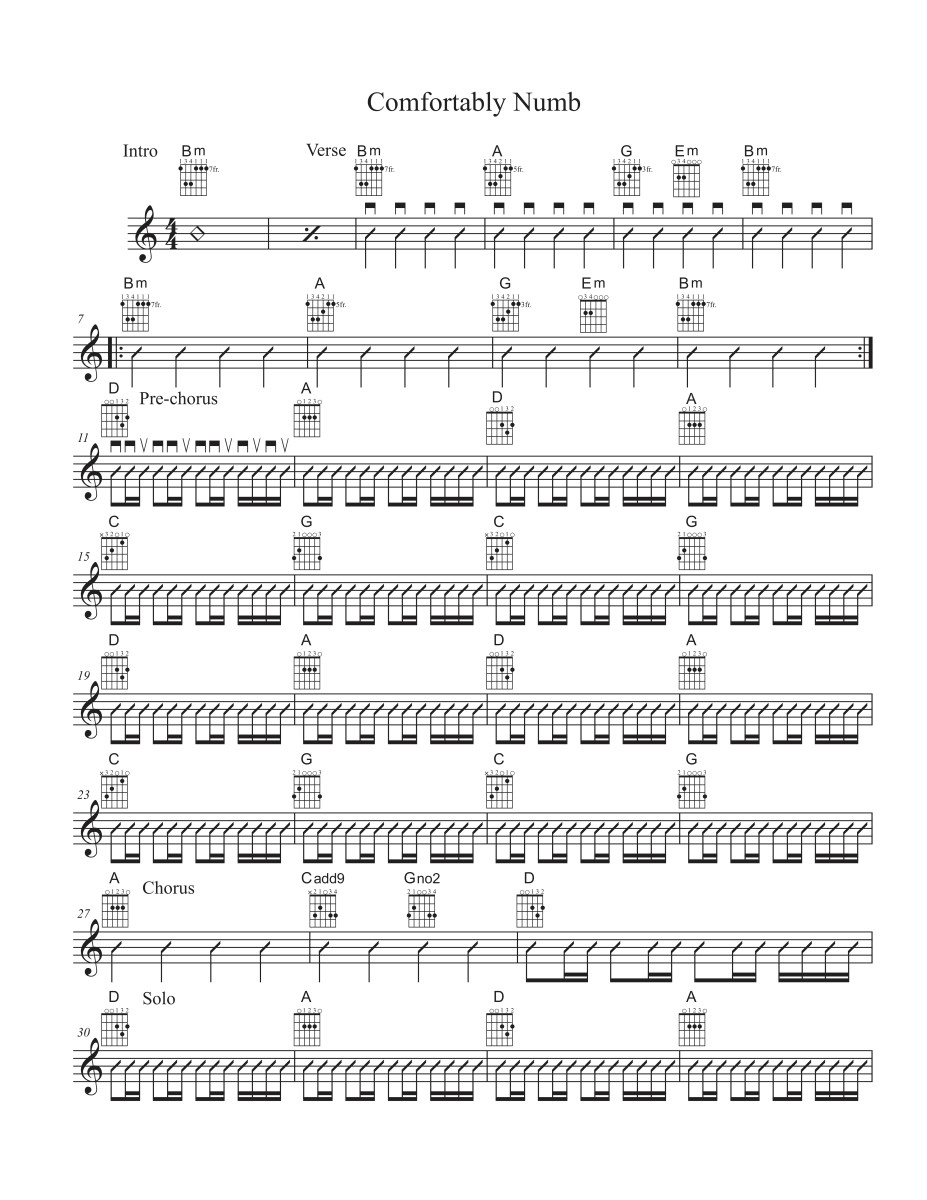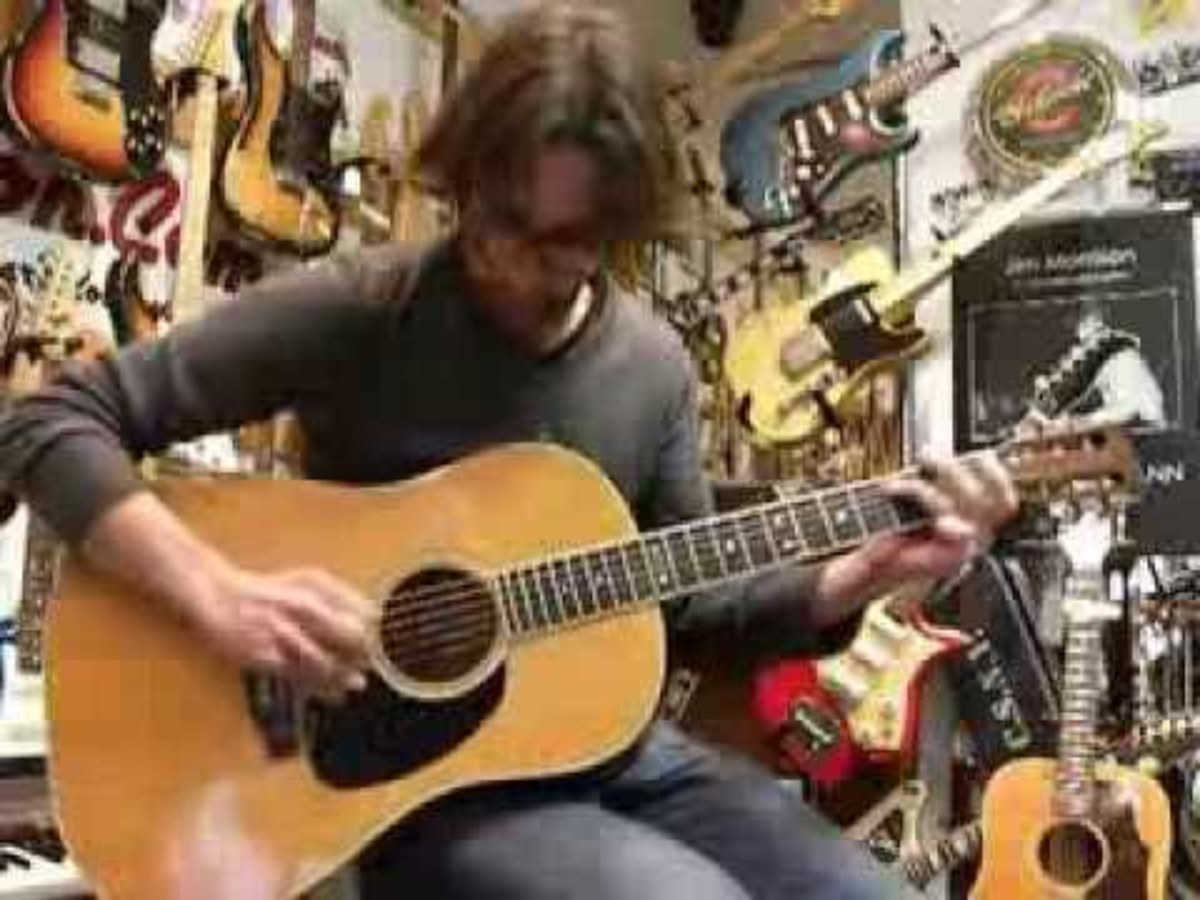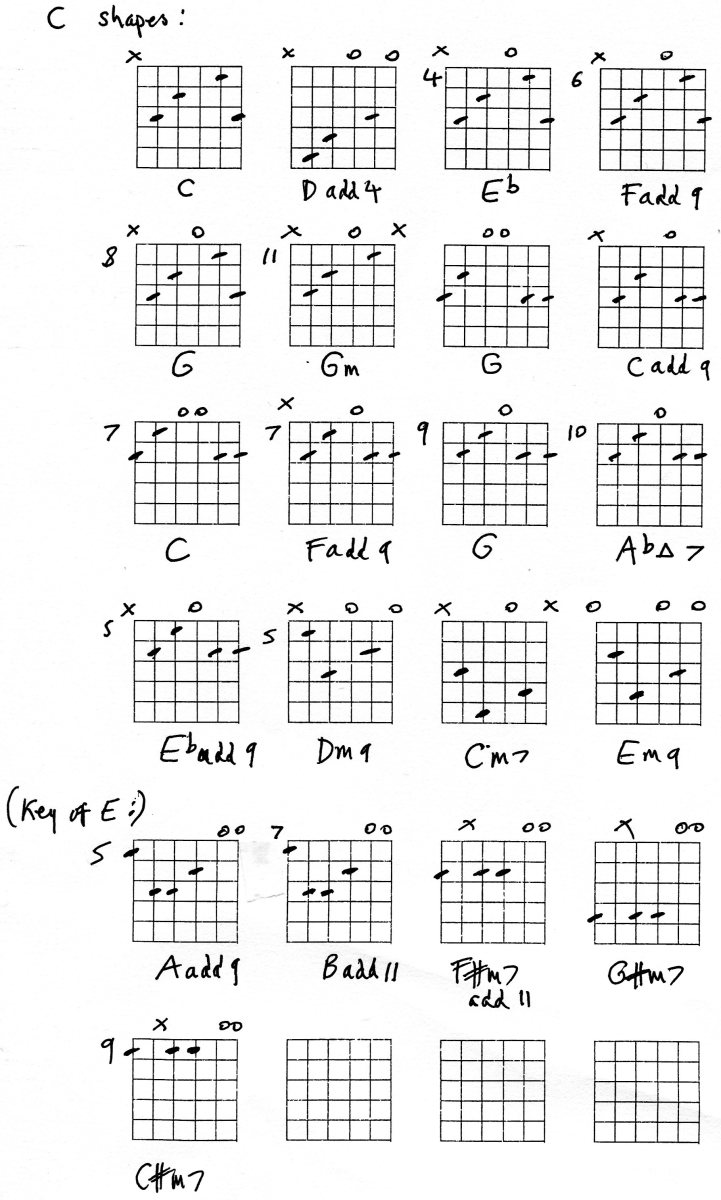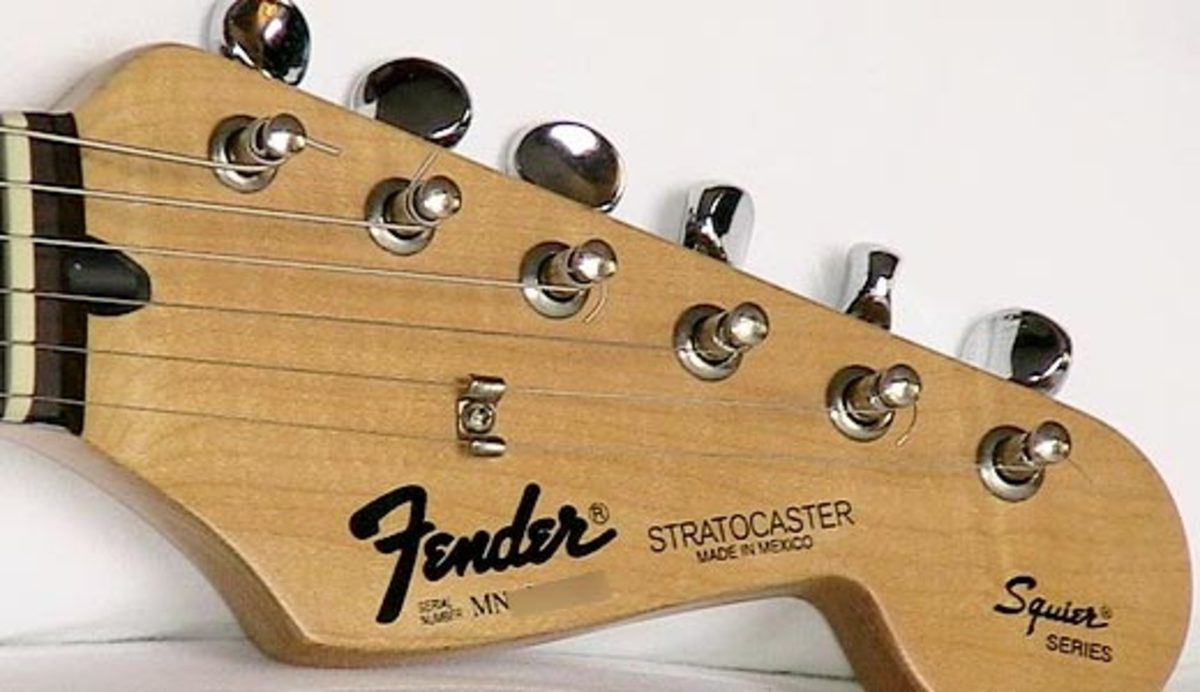How to use the Modes on a Guitar
Any guitar player who is looking to take his or her playing and proficiency to the next level should begin by taking a very serious look at the modes. Modes are one of those odd musical concepts that are incredibly simple, but that seem to elude many players. The truth is, many people simply make the modes more complicated than they need to be. In this article, you will learn what the modes are, and a little bit about how to apply them in your own playing.
To begin with, we will take a look at the modes, and just what the heck they are. To do this, we will first list the modes, in order of their degrees (don't worry, its explained a little further down the page). The modes are as follows:
1) Ionian
2) Dorian
3) Phrygian
4) Lydian
5) Mixolydian
6) Aeolian
7) Locrian
Now, on to what the modes are. In essence, the modes are variations of the major scale. In each mode of a given scale, the mode will begin on a different note of that major scale. The note the mode begins on is determined by its degree. For example, the first degree mode, Ionian, will begin on the first note of the major scale. In other words, the Ionian mode will be the same as the major scale. The second degree mode, Dorian, would begin on the second note of the same scale, and so on and so forth. So, taking for convenient example the C major scale, which has neither sharps nor flats, the modes would begin and end on the following notes:
Ionian-C
Dorian-D
Phrygian-E
Lyidan-F
Mixolydian-G
Aeolian-A
Locrian-B
These therefore are the modes of the C major scale. It should be understood that the notes will not change from the notes in the regular C major scale when playing any of these modes. They will simply begin and end on a note other than C (except of course in the case of the Ionian mode).
So now the question becomes, "what does this do?". The modes serve the extremely practical purpose of allowing you to create very different moods out of extremely basic variations on the simplest scales in music. When playing a solo or lead piece on a guitar, you can squeeze almost any mood you want out of the extremely simple major scales, just by employing the proper mode of that scale. It also adds a lot to your improvisation, as you can quickly turn a scale you know front and back on its head to make it sound completely different than that boring basic major scale you've been practicing since you first laid your hands on a guitar.
Now let's take a look at what moods will be created by each of these modes. Keep in mind, the key you play in will affect the overall tone of the mode as well, but this will give you an idea of what to expect when experimenting with the modes of various scales.
Ionain: The Ionian mode will have a generally upbeat feel to it. Keep in mind, this mode will be the same as the major scale, which is the "happy" sounding scale, compared to minor scales.
Dorian: Somewhat similar to Ionian, this mode will have an overall cheerful, somewhat playful feel to it. In playing it, you'll notice a strong tie in to a Jazz or Swing sound.
Phrygian: This mode has an incredibly exotic feel to it. The primary usage is to create a Flamenco or Spanish guitar sound. However, in certain keys, it can take on a little bit of a dark edge to it, depending on how you play it.
Lydian: The mode that creates a sound of cheerful surrealism. Solos constructed with this mode will tend to have a somewhat "dreamy" feeling to them. Tons of fun to play around with!
Mixolydian: Here begins our modal departure from the good vibes, and we will not see them again. Mixolydian is famous as a mode of traditional blues playing. Trying this mode out, you'll find all the sounds of traditional Mississippi Delta Blues, all without even selling your soul!
Aeolian: Depending on the key, tempo, and rhythm, the Aeolian mode ranges from sad, to somber, to downright funereal. For heavy rock, metal, or most especially doom metal, there's nothing more likely to create an atmosphere more lacking in general festivity.
Locrian: Metalheads, we finally arrive at the mode almost entirely made for you. This mode is just plain evil. Use it to create a dark feel, and try not to let it stab you in the back in the process.
So now you know how to use the modes in creating the feel and mood of your song or solo. Remember, these are just general guidelines. The real fun comes in experimenting with them, fine tuning the use of them to fit your piece, and squeezing every last drop of the feeling you're trying to create out of them. The modes can be one of the best tools in your musical arsenal, so have fun, and enjoy learning to use them for yourself!

